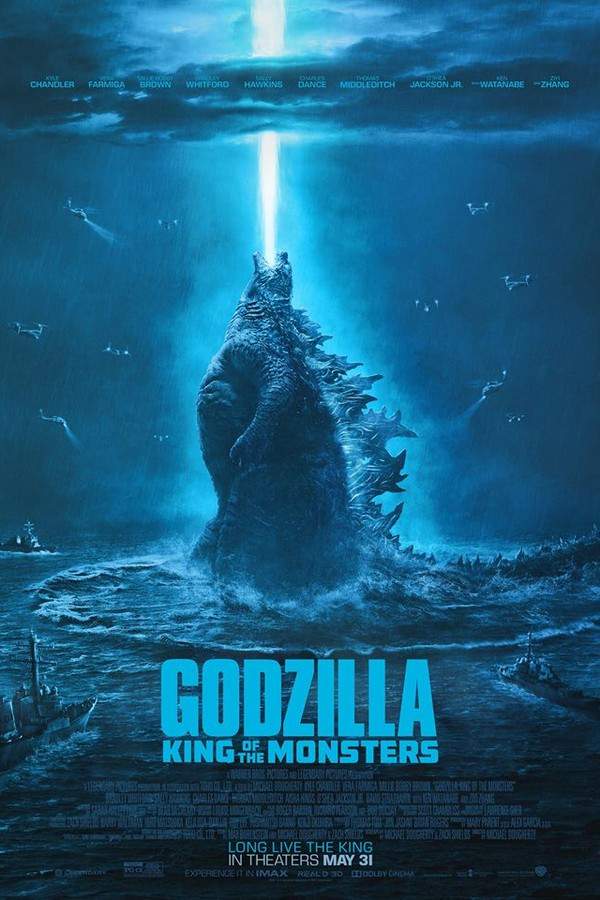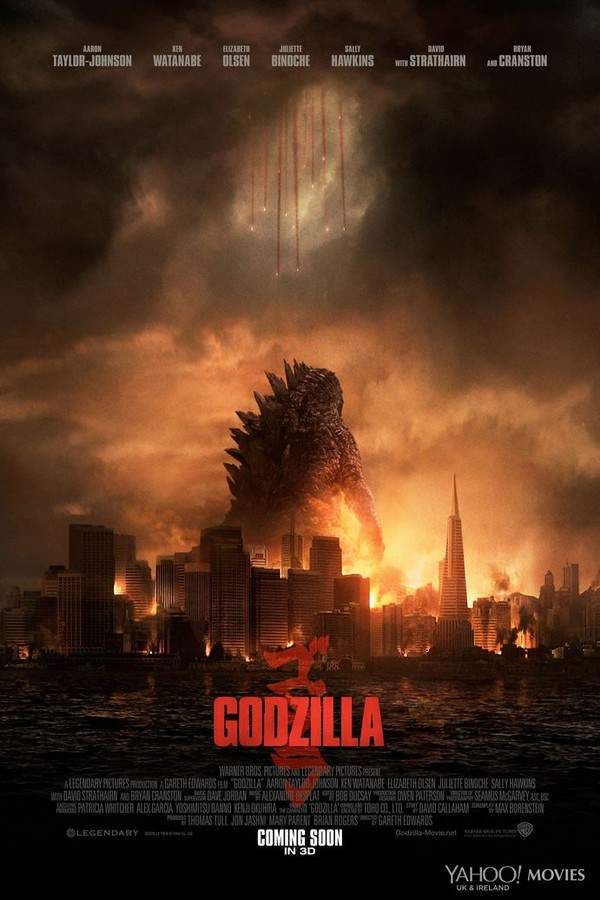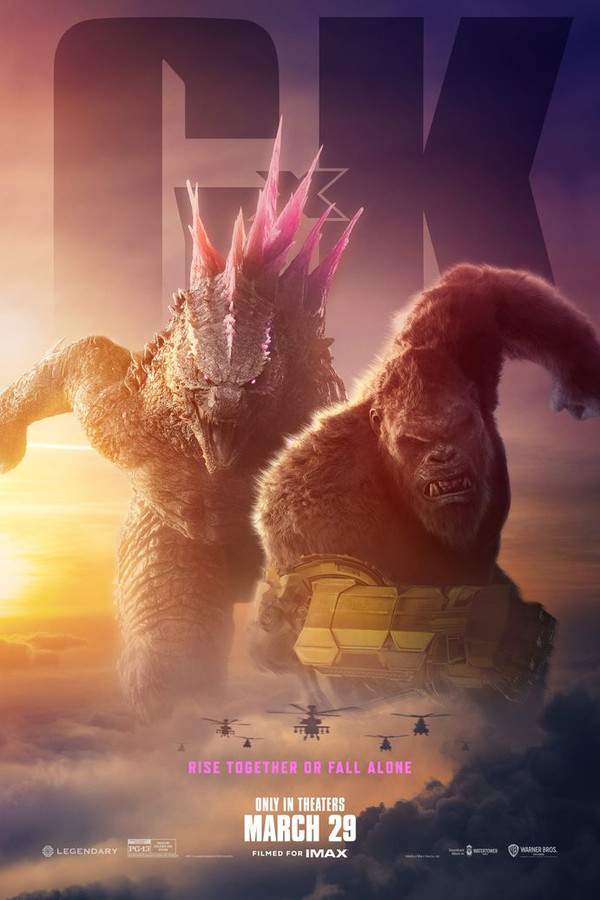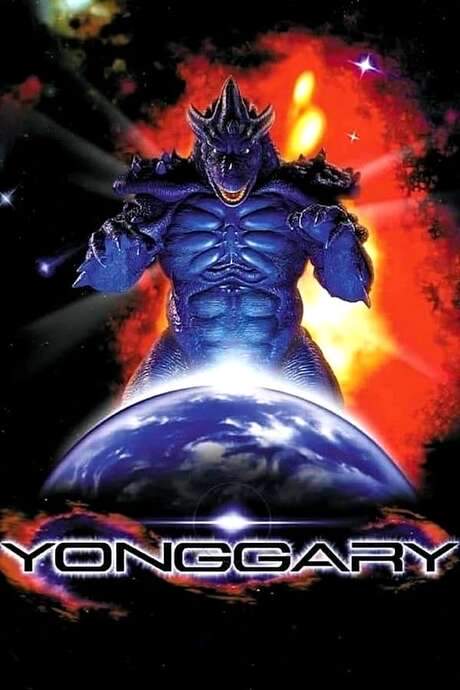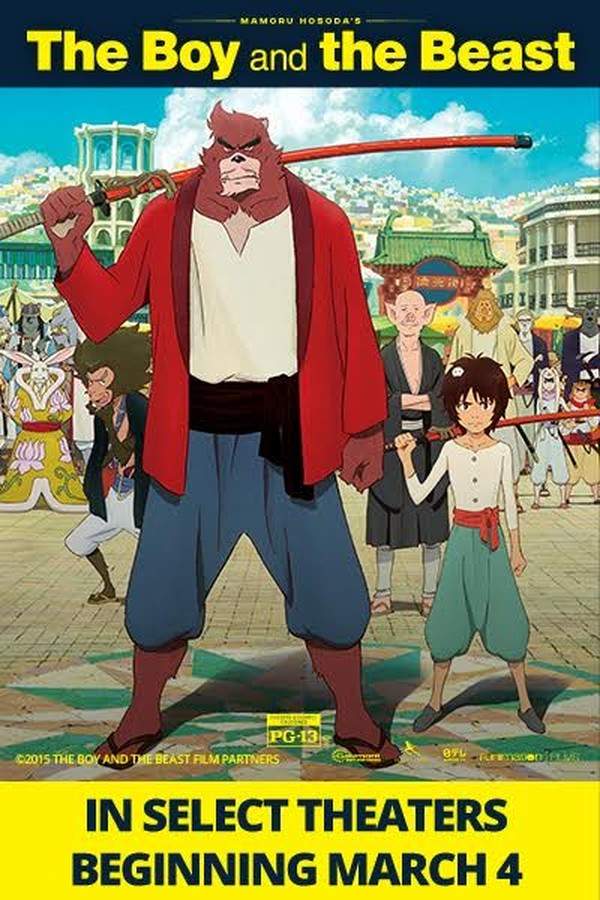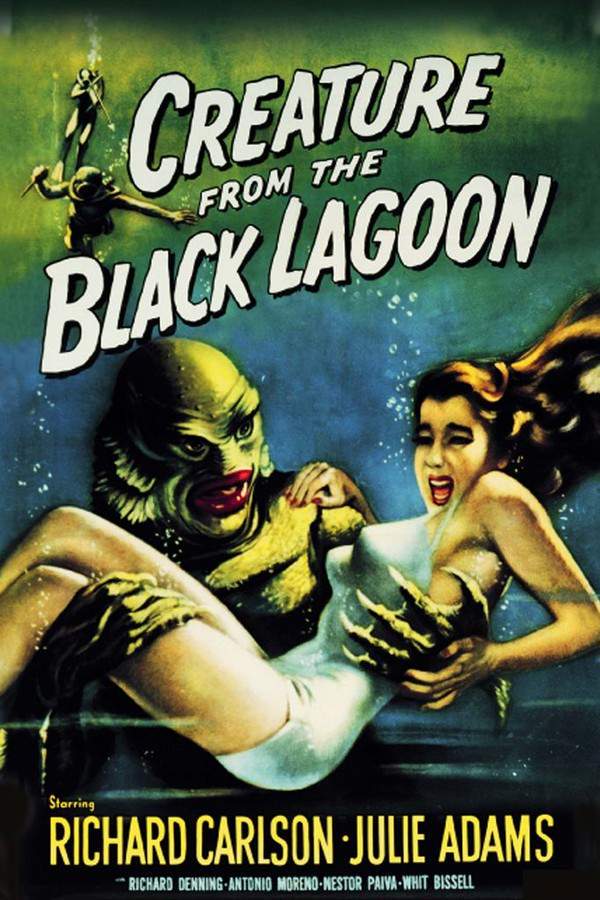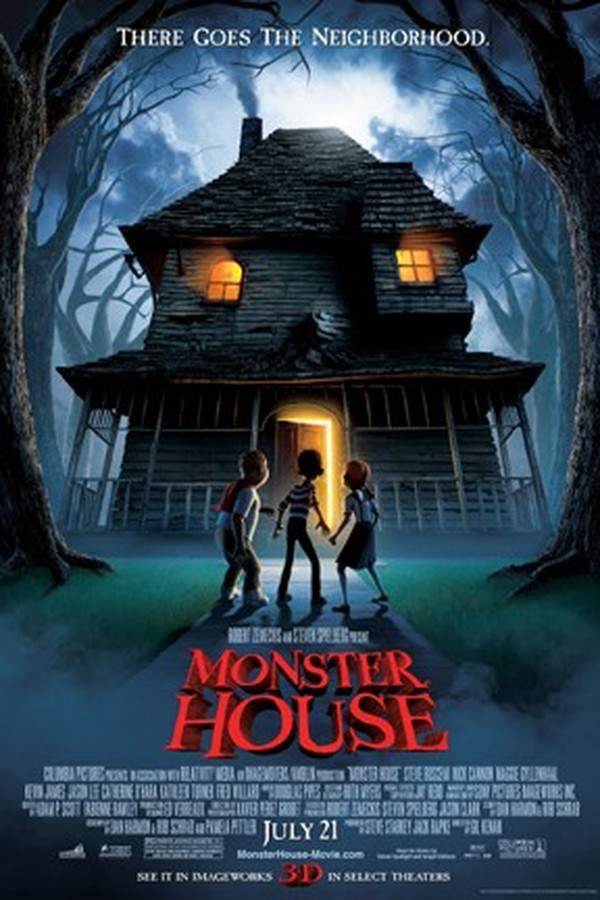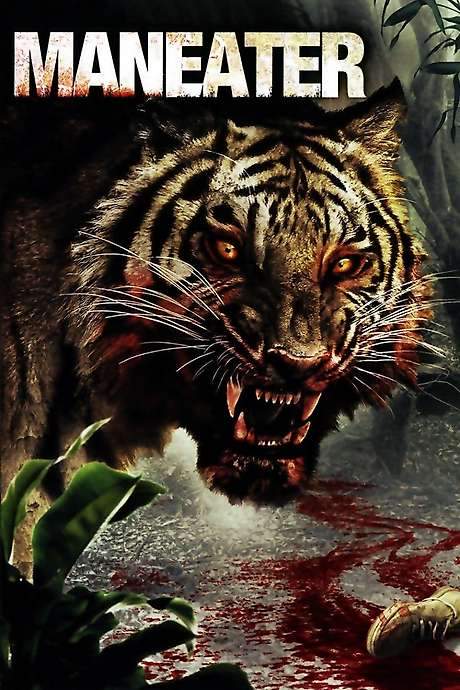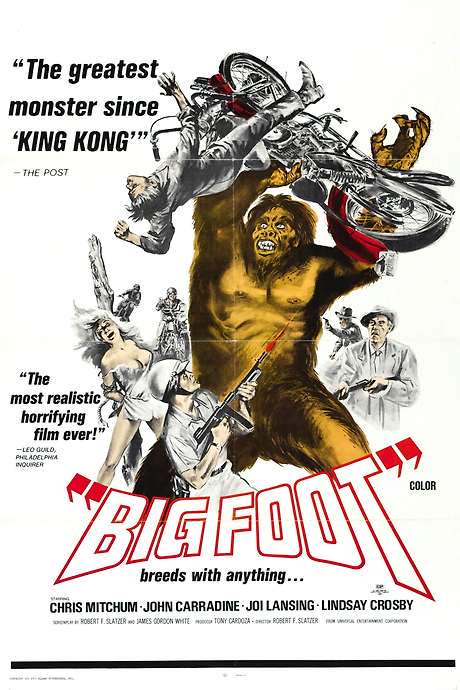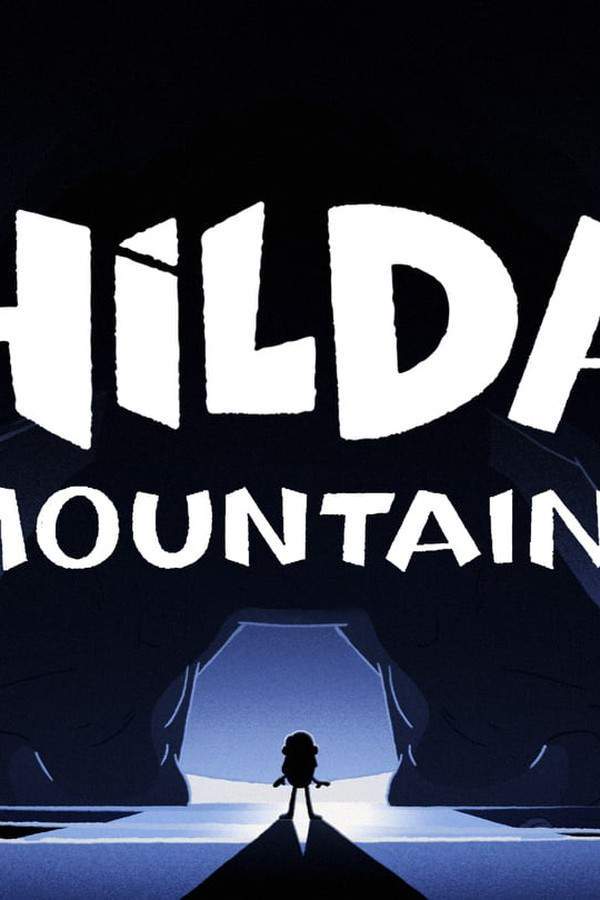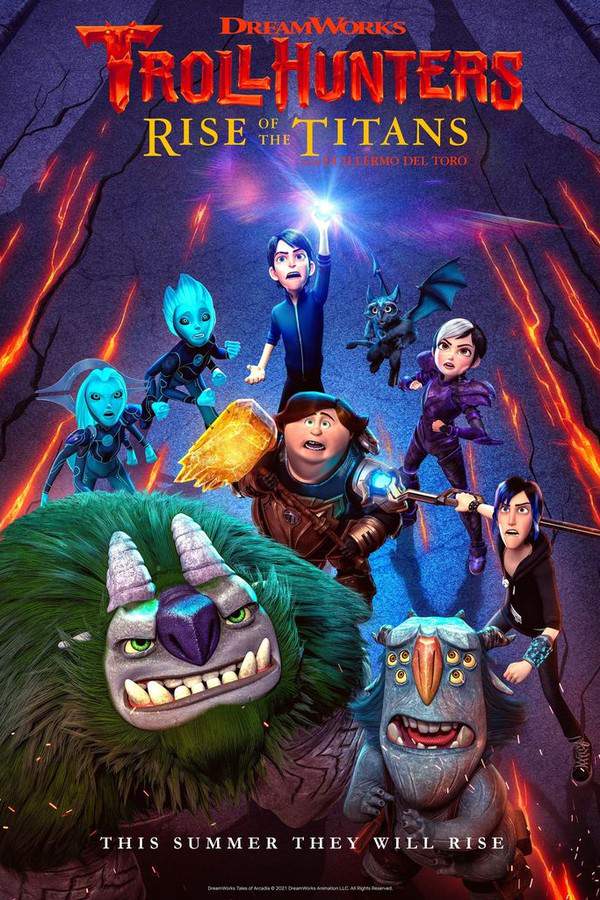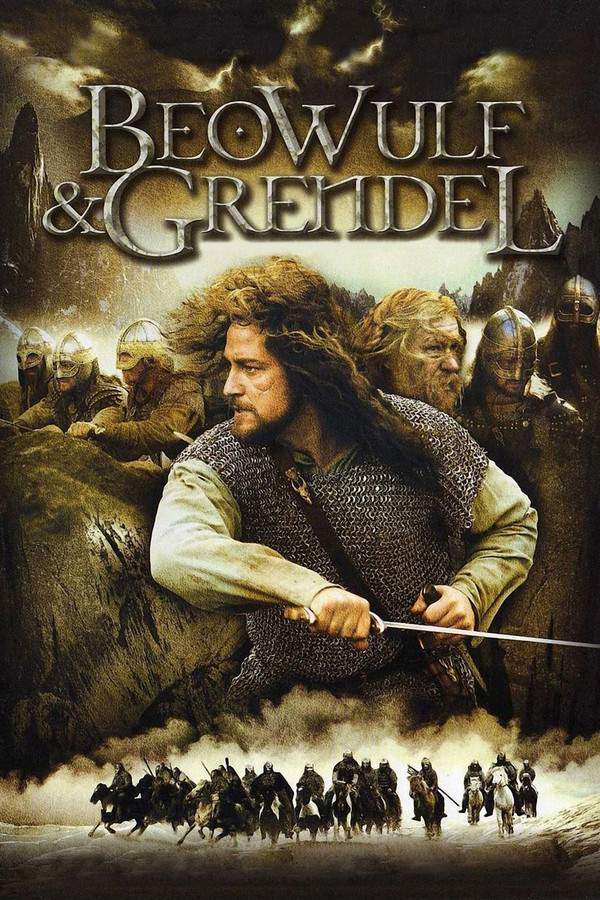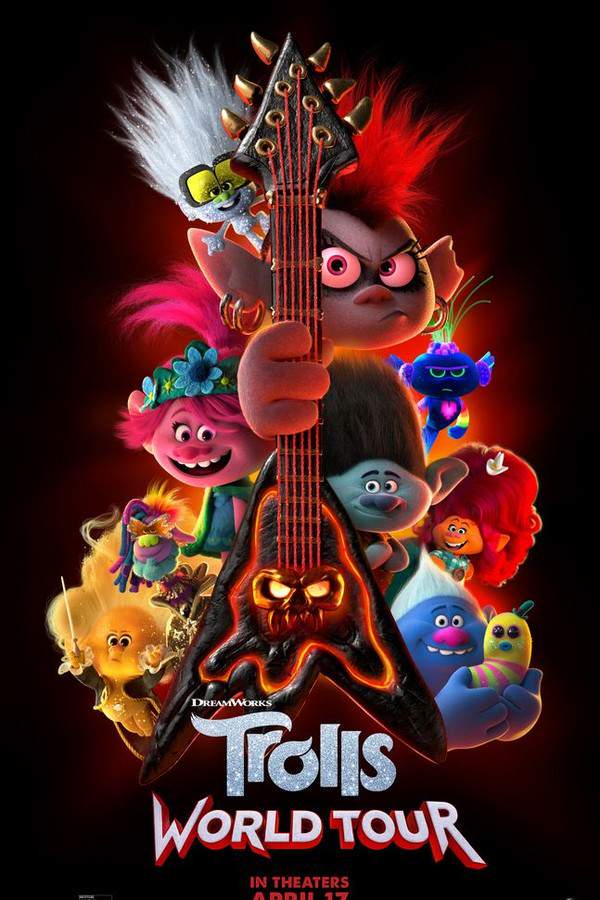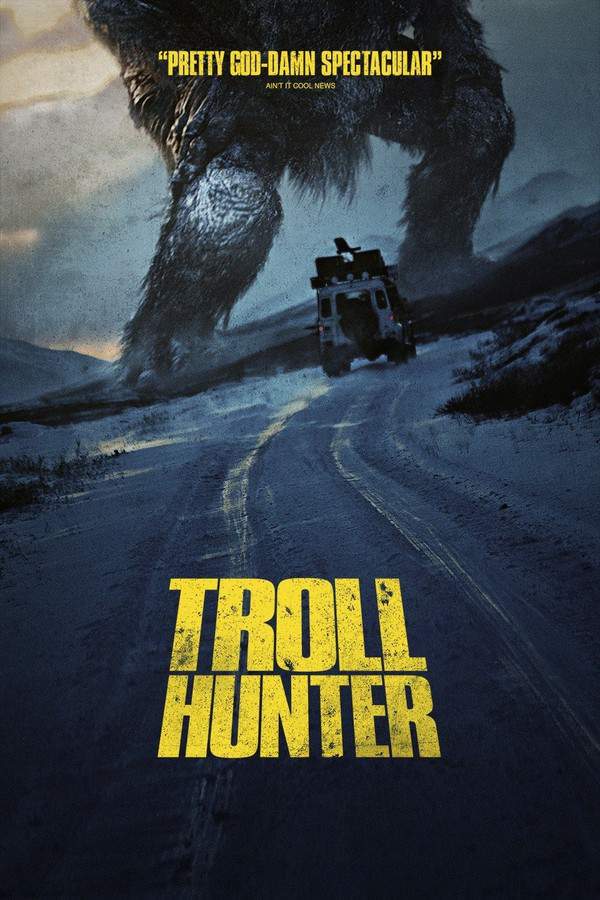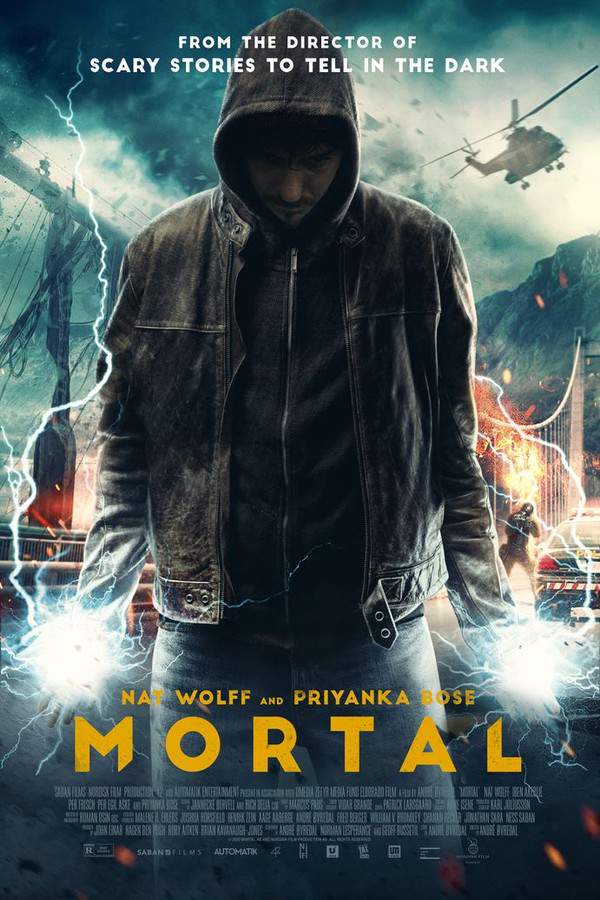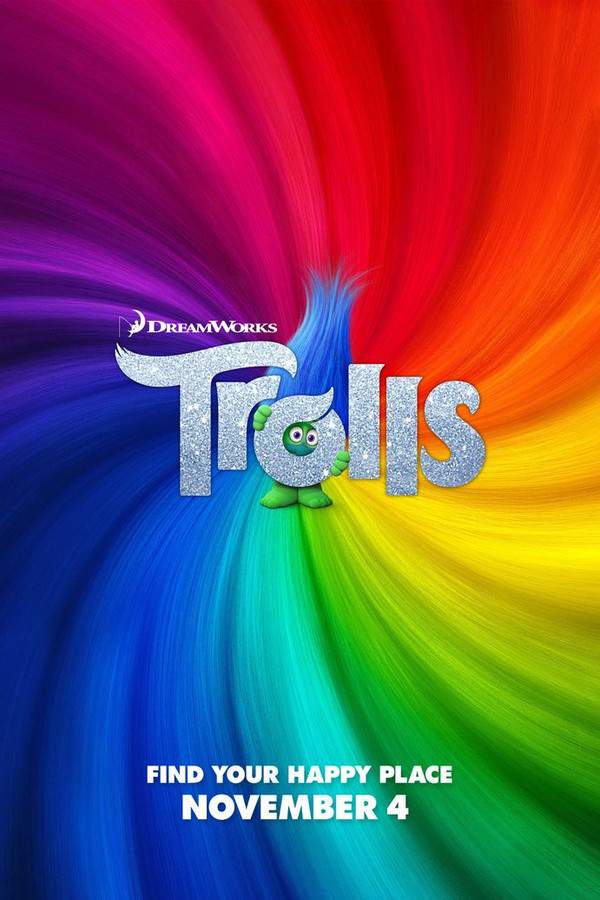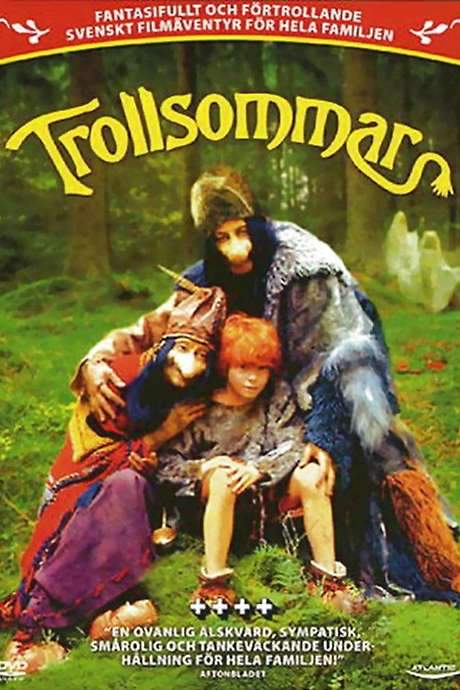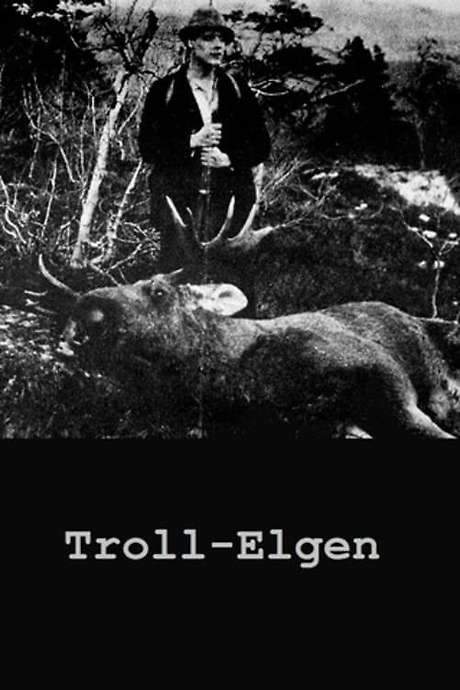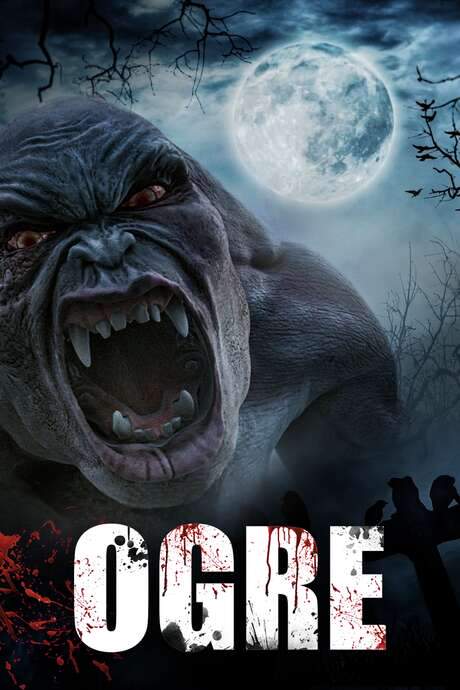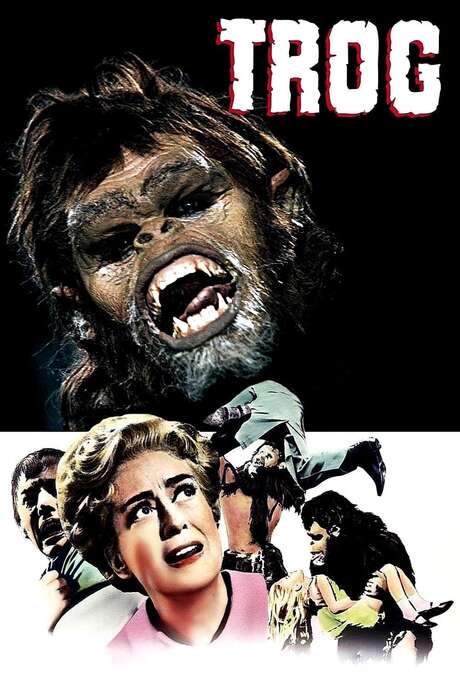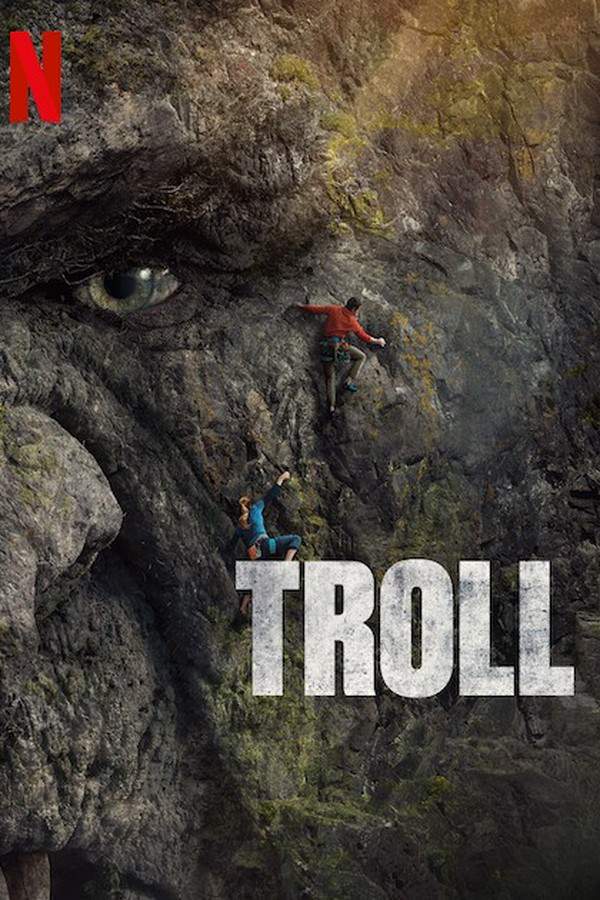
Troll
Deep within the Dovre mountains, a colossal troll awakens after a millennium of sleep, unleashing chaos as it moves toward Oslo. A determined group embarks on a perilous journey to stop the creature, confronting a blend of ancient myth and modern reality as they face the escalating destruction.
Warning: spoilers below!
Haven’t seen Troll yet? This summary contains major spoilers. Bookmark the page, watch the movie, and come back for the full breakdown. If you're ready, scroll on and relive the story!
Troll (2022) – Full Plot Summary & Ending Explained
Read the complete plot breakdown of Troll (2022), including all key story events, major twists, and the ending explained in detail. Discover what really happened—and what it all means.
As a young child, Nora Tidemann (Ine Marie Wilmann) is captivated by stories told by her father, Tobias (Gard B. Eidsvold), who introduces her to the fascinating mythology of trolls. One story leaves a lasting impression as he recounts a particular troll wedding where 13 drunken trolls lost track of time and turned to stone, becoming the formidable mountains that now loom over Dovre. Years pass, and a tragic incident occurs when a drilling operation for a railway project leads to an explosion, resulting in the deaths of numerous workers and protestors.
In a bid to uncover the truth, the Norwegian government, led by Minister of Defense Frederick Markussen (Fridtjov Såheim) and Chief of Defense General Sverre Lunde (Dennis Storhøi), enlists a team of scientists, including the now-grown Nora, who has become a paleontologist eager to make her mark. As the team investigates the eruption, they initially blame it on a methane pocket, but only Nora and the Prime Minister’s advisor, Andreas Isaksen (Kim Falck), observe the large footprints surrounding the site. This prompts Prime Minister Berit Moberg (Anneke von der Lippe) to authorize further exploration with the aid of military soldier Captain Kris Holm (Mads Sjøgård Pettersen).
Nora, driven by a deep intuition that something truly mythical might be awakening, seeks the expertise of her father, Tobias, who has retreated into seclusion after suffering the consequences of his beliefs regarding the existence of trolls. Despite his past struggles, he examines the findings and footage from the eruption site and proposes a radical theory—that trolls once roamed the earth before their extinction due to the spread of Christianity in Norway. Tobias shows evidence that suggests the emergence of a troll, and the four of them inadvertently rouse the sleeping giant, capturing irrefutable video proof of its existence.
As the governmental attempts to subdue the creature fry into chaos, conventional weapons prove ineffective, and tragically, Tobias meets his end while trying to empathize with the troll. During this turmoil, Nora recalls tales of trolls repelled by church bells and recommends a sonic attack; however, this only angers the troll further, wreaking havoc across the countryside. With the media broadcasting the unfolding crisis, the Prime Minister reluctantly decides to evacuate Oslo to prevent greater calamity.
Nora discovers plans for a nuclear strike against the creature, leading her and Andreas to attempt to halt the operation based on revelations from Tobias’ research. They learn from Chief of Court Rikard Sinding (Bjarne Hjelde) that the history of trolls has been suppressed and that the Royal Palace sits atop the ruins of the Troll King’s palace where his family met their demise. Realizing the creature’s intentions align with returning to its true home in Oslo, she develops a plan to utilize the sun’s destructive rays against it—a vulnerability confirmed from their research.
As emotions run high and the stakes grow, Nora and Kris work together to create a trap using UV light from tanning beds while Andreas coordinates with Sigrid (Karoline Viktoria Sletteng Garvang) to delay the nuclear strike. The duo lures the troll with a skull into their trap, but at the crucial moment, Nora hesitates, seeking to preserve the troll’s life. Nevertheless, the rising sun signals an inevitable fate for the massive creature. With the devastation left in the wake of its passing, a sense of wonder fills the air—what else may be lurking within the mountains of Norway?
As silence blankets Oslo, a rumble echoes from the depths of the Dovre Mountains, leaving the audience to ponder if trolls might still be hidden away, waiting for the right moment to emerge once more.
Last Updated: November 03, 2024 at 12:24
Ending Explained – What Happens at the End of Troll?
Still wondering what the ending of Troll (2022) really means? Here’s a spoiler-heavy breakdown of the final scene, major twists, and the deeper themes that shape the film’s conclusion.
The ending of “Troll” reveals that the creature isn’t inherently evil but rather a misunderstood force of nature, driven by pain and loneliness. Nora, having learned the truth about the Troll, recognizes that it’s not a mindless monster but a creature in need of compassion. She persuades the military and her colleagues to turn off the artificial UV lights that harm the Troll and instead communicate with it, echoing her father’s earlier advice about believing with her heart. As she pleads for the Troll to be left alone and shown mercy, the creature begins to disintegrate under the sunlight, transforming into a colossal boulder in the heart of Oslo.
This act of mercy underscores the film’s message that humans often destroy what they don’t understand—a reflection of environmental destruction and the arrogance of technological hubris. Nora’s empathy highlights the importance of respecting nature’s unknown forces rather than fearing or destroying them. By allowing the Troll to return to its natural state, she effectively prevents a catastrophe and preserves a piece of Norway’s ancient folklore and wilderness. The mid-credit scene hints at the possibility of more trolls hiding in the mountains, suggesting that this encounter was just the beginning and leaving the door open for a potential sequel. Ultimately, the film urges viewers to “let the mountains live,” embracing coexistence with the natural world instead of domination or destruction.
The ending of “Troll” shows us that the creature isn’t truly malicious but rather a lonely, misunderstood part of nature. Nora, having come to understand the Troll’s pain and innocence, chooses compassion over violence. She persuades the military and her colleagues to stop using artificial UV light, which is hurting the creature, and instead appeals to its sense of mercy, just as her father once advised. As the sun rises, the Troll begins to burn and disintegrate into a huge boulder, signifying its return to the natural world. This act of mercy emphasizes the movie’s message about respecting nature’s mysteries instead of exploiting or destroying them out of fear or hubris.
The story underscores the importance of empathy and coexistence, illustrating that fear often leads to destruction, whereas understanding can lead to harmony. The mid-credits scene hints at more hidden trolls in the mountains, leaving the possibility that this is only the beginning of a larger story. Overall, the film ends on a note of hope, urging us to “let the mountains live,” embracing a deeper respect for the natural world and its ancient mythologies.
The ending of “Troll” reveals that the creature isn’t inherently evil but a lonely force of nature seeking its home. Nora, understanding the Troll’s pain and innocence, chooses compassion over fight, turning off the artificial UV lights that harm it. She then convinces the military to leave the creature alone and communicate with it from her heart. As she does, the Troll begins to burn away in the rising sunlight, transforming into a massive boulder in the middle of Oslo. This act reflects the movie’s core message: humans often destroy what they don’t understand, but kindness and empathy can help preserve the natural world.
The film closes with a hint of more trolls lurking in the mountains, suggesting this encounter was only the beginning. The final scene leaves viewers with a reminder to “let the mountains live,” advocating for respect and coexistence with nature rather than exploitation. The story ultimately emphasizes that understanding and compassion can turn fearsome monsters into part of the world’s natural beauty and mythology, with the possibility of future confrontations hinted at in the scene after the credits.
The ending of “Troll” shows that the creature is not a malicious monster, but a misunderstood part of nature driven by loneliness and pain. Nora, having learned the truth about the Troll, recognizes its innocence and chooses empathy over destruction. She convinces the military to turn off the harmful artificial UV lights and appeals to the Troll to leave the city and return to its home. As the sunlight finally reaches the creature, it begins to disintegrate, transforming into a giant boulder in the middle of Oslo. This peaceful end highlights the film’s message that humans often destroy what they don’t understand out of fear; instead, compassion and understanding can save both nature and ourselves.
The final scenes hint that more trolls could be hidden in the mountains, implying this was only a partial victory and leaving open the possibility of further encounters. The movie urges viewers to “let the mountains live”—to respect and coexist with the natural world, recognizing that sometimes, the greatest monsters are made by human arrogance and ignorance. The ending promotes a hopeful reminder that kindness and belief in the unknown can transform fear into harmony, hinting that nature’s mysteries are best preserved with empathy rather than violence. The scene after the credits teases that the story might not be over, leading viewers to wonder if more trolls remain in hiding, waiting to be rediscovered.
Last Updated: June 25, 2025 at 09:00
Explore Movie Threads
Discover curated groups of movies connected by mood, themes, and story style. Browse collections built around emotion, atmosphere, and narrative focus to easily find films that match what you feel like watching right now.
Movies like Troll: Modern Crisis Against Mythical Threats
Stories where ancient creatures or forces wreak havoc on the contemporary world.If you enjoyed the high-stakes clash of ancient myth and modern reality in Troll, explore these movies where legendary creatures or primordial forces threaten contemporary society. These stories deliver epic destruction and tense survival scenarios, blending scientific inquiry with folklore.
Narrative Summary
These narratives typically unfold as a catastrophic discovery, followed by a race against time as the threat escalates. Characters often include scientists and officials grappling with an inexplicable phenomenon, leading to a final confrontation that questions humanity's place in the natural world.
Why These Movies?
Movies in this thread share a core tension between the rational present and the mythical past. They feature high-intensity action, a tense and urgent tone, and explore themes of environmental consequence and humanity's hubris, creating a coherent vibe of epic, destructive wonder.
Bittersweet Monster Stories like Troll
Creature features where victory comes with a profound sense of loss and moral ambiguity.For viewers who appreciated the emotional complexity and bittersweet ending of Troll, this list features similar monster movies. These films go beyond simple destruction, exploring the tragedy of the creature's existence and the heavy cost of victory in stories like Troll.
Narrative Summary
The narrative pattern involves initially perceiving the creature as a pure threat, followed by revelations about its nature or origins that evoke sympathy. The final act forces a necessary but lamentable choice, resulting in a victory that is somber and morally weighted rather than triumphant.
Why These Movies?
These films are grouped by their shared emotional arc—shifting from fear to a nuanced understanding of the monster. They consistently deliver a bittersweet ending feel and medium to heavy emotional weight, prioritizing poignant themes over pure spectacle.
Unlock the Full Story of Troll
Don't stop at just watching — explore Troll in full detail. From the complete plot summary and scene-by-scene timeline to character breakdowns, thematic analysis, and a deep dive into the ending — every page helps you truly understand what Troll is all about. Plus, discover what's next after the movie.
Troll Timeline
Track the full timeline of Troll with every major event arranged chronologically. Perfect for decoding non-linear storytelling, flashbacks, or parallel narratives with a clear scene-by-scene breakdown.

Characters, Settings & Themes in Troll
Discover the characters, locations, and core themes that shape Troll. Get insights into symbolic elements, setting significance, and deeper narrative meaning — ideal for thematic analysis and movie breakdowns.

Troll Ending Explained
What really happened at the end of Troll? This detailed ending explained page breaks down final scenes, hidden clues, and alternate interpretations with expert analysis and viewer theories.
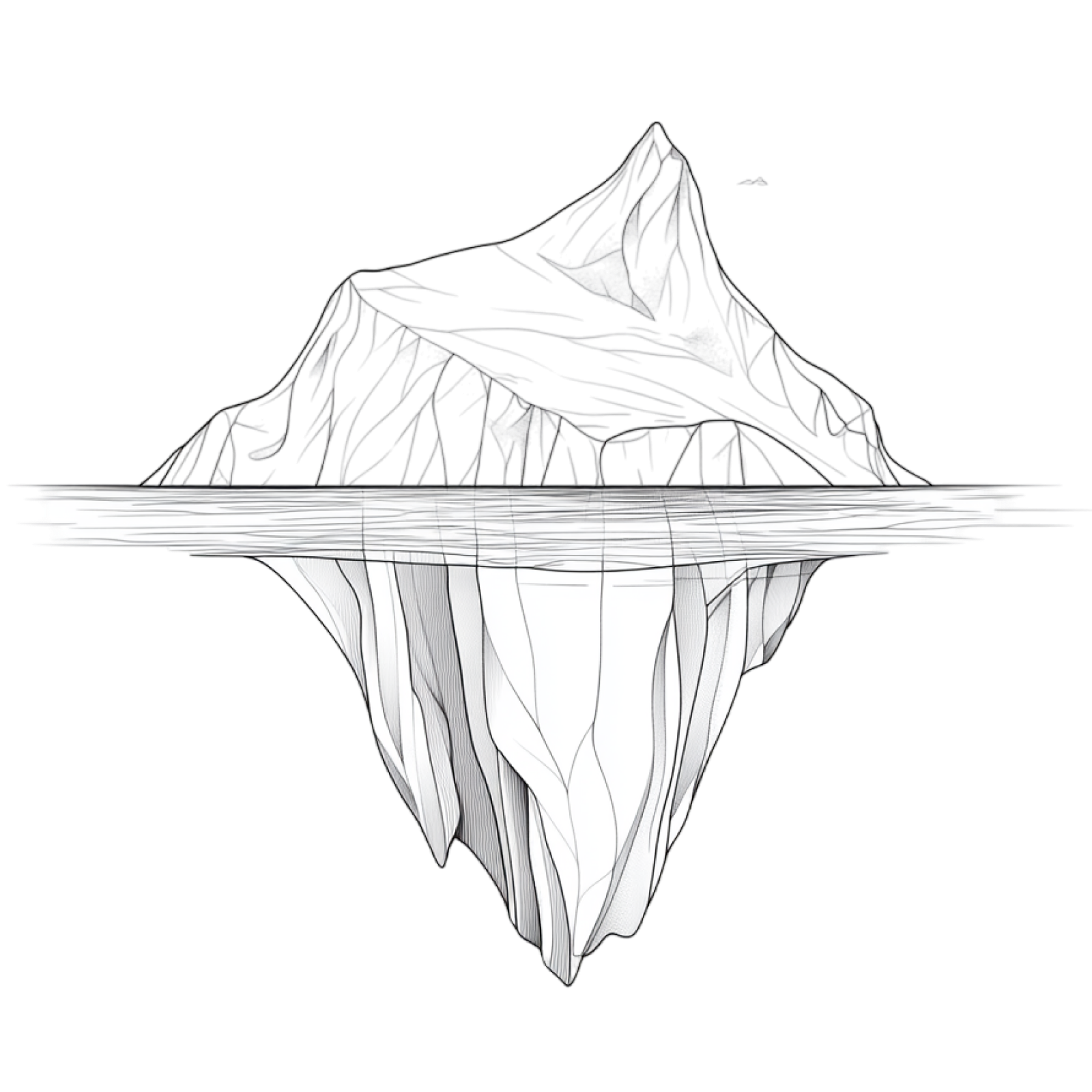
Troll Spoiler-Free Summary
Get a quick, spoiler-free overview of Troll that covers the main plot points and key details without revealing any major twists or spoilers. Perfect for those who want to know what to expect before diving in.

More About Troll
Visit What's After the Movie to explore more about Troll: box office results, cast and crew info, production details, post-credit scenes, and external links — all in one place for movie fans and researchers.

Similar Movies to Troll
Discover movies like Troll that share similar genres, themes, and storytelling elements. Whether you’re drawn to the atmosphere, character arcs, or plot structure, these curated recommendations will help you explore more films you’ll love.
Explore More About Movie Troll
Troll (2022) Scene-by-Scene Movie Timeline
Troll (2022) Movie Characters, Themes & Settings
Troll (2022) Ending Explained & Theories
Troll (2022) Spoiler-Free Summary & Key Flow
Movies Like Troll – Similar Titles You’ll Enjoy
Hilda and the Mountain King (2021) Ending Explained & Film Insights
Trollhunters: Rise of the Titans (2021) Detailed Story Recap
Beowulf & Grendel (2006) Spoiler-Packed Plot Recap
Trolls World Tour (2020) Complete Plot Breakdown
Ragnarok (2014) Movie Recap & Themes
Trollhunter (2011) Full Summary & Key Details
Mortal (2020) Spoiler-Packed Plot Recap
Trolls (2016) Complete Plot Breakdown
Pathfinder (2007) Detailed Story Recap
Troll Bridge (2019) Full Movie Breakdown
Trollsommar (1980) Ending Explained & Film Insights
A Troll in Central Park (1994) Complete Plot Breakdown
Troll-Elgen (1927) Full Summary & Key Details
Ogre (2008) Spoiler-Packed Plot Recap
Trog (1970) Ending Explained & Film Insights

